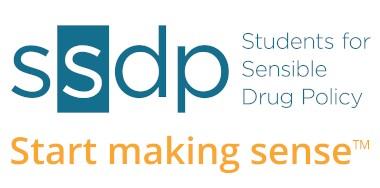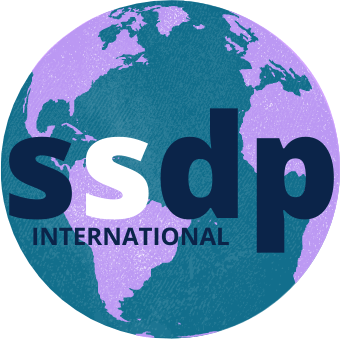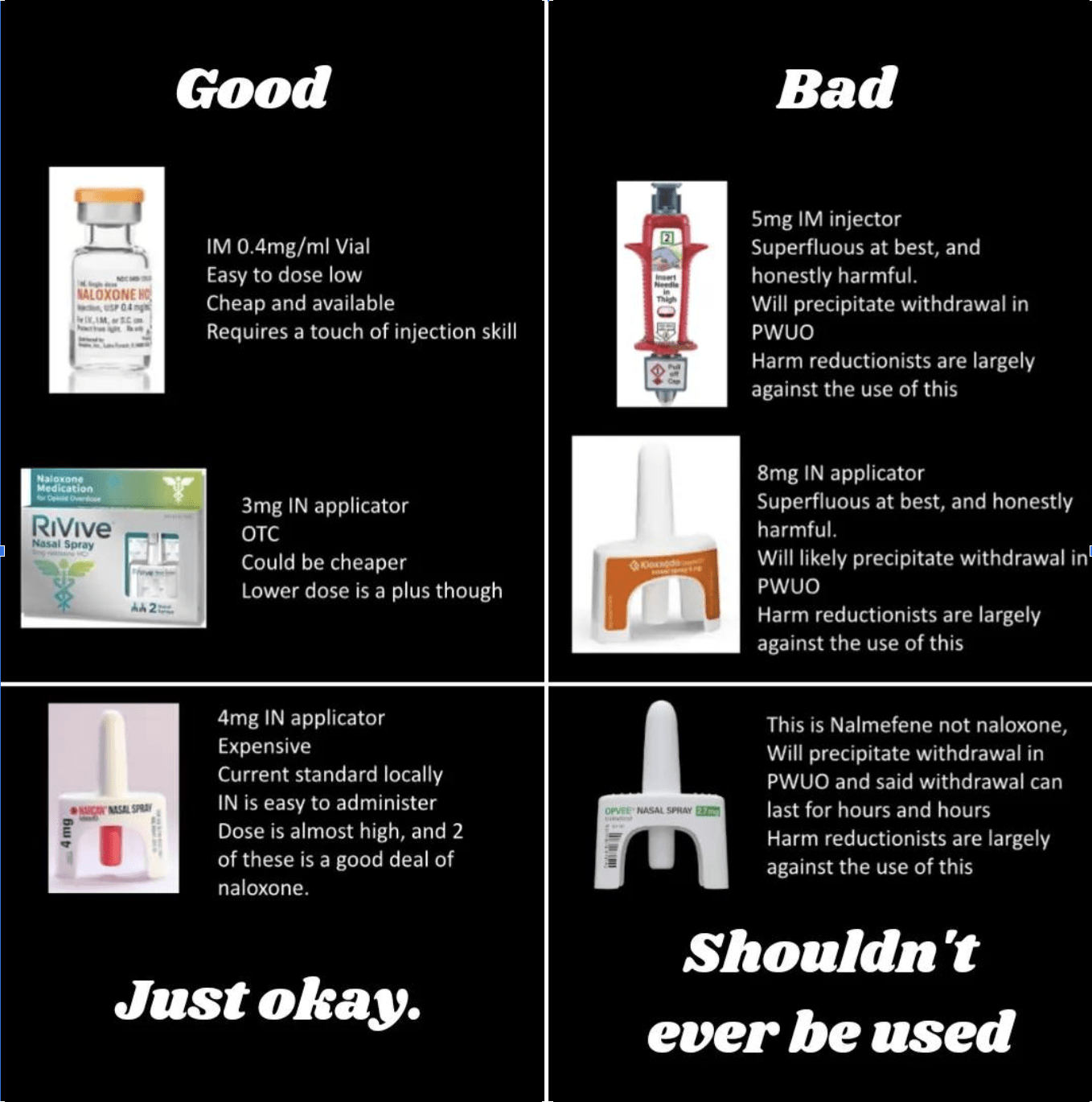Some grassroots organizations in the harm reduction field are providing community members with high dose naloxone, such as the 8 mg doses of naloxone known as Kloxxado. Typically, 4 mg doses of naloxone are used to reverse a suspected overdose (including the Narcan brand). At times, organizations provide high dose Naloxone without providing proper education on the impacts of administering a higher dose of naloxone to individuals experiencing an opioid overdose. While the intention is to reverse an overdose, high dose naloxone can cause harmful side effects and is shown to be not necessary compared to lower dose options.
A study done by the CDC from 2022 to 2023 in New York concluded that the 4 mg dose of naloxone is just as effective as the 8 mg dose, suggesting that administering 8 mg is likely unnecessary (Payne et al., 2024). The study also concluded that the 8 mg dose increases the severity of withdrawal symptoms (New York State Department of Health, 2023; Payne et al., 2024). Severe withdrawal symptoms put individuals who are recovering from opioid overdose at risk of overdosing again as a result of increased motivation to use to avoid withdrawal. This highlights the importance of reevaluating the use of high dose brands such as Kloxxado to prioritize safer, more effective dosing strategies for overdose prevention.
The accepted protocol is to provide 4 mg, wait 2-3 minutes to see if there’s a response (monitoring one’s breathing), and then to provide another 4 mg dose if necessary. According to the CDC’s study, 4 mg Naloxone is effective at reversing overdose and therefore is a sufficient dose (Payne et al., 2024; Russell et al., 2024). Naloxone saves lives, but it is important to prioritize compassionate care and to treat people who use drugs with empathy and respect, minimizing the negative side effects that may result from administering nasal naloxone. Providing a larger dose of naloxone via Kloxxado is not compassionate, it’s harmful. If unnecessary amounts of naloxone are administered, it increases the likelihood that the person will use again shortly after and this increases risk of overdose once the naloxone wears off.
Some organizations are also providing community members with Nalmefene to reverse opioid overdose; however, it is also used to treat opioid addiction (Johansen et al., 2017). The use of Nalmefene attempts to address two separate issues with one medication. In treating an opioid overdose, it should only treat the acute life threatening effects of the overdose and should not treat the potential underlying addiction. This is a separate treatment that should be discussed consensually between a prescribing doctor and an individual.
The next time you need naloxone, please consider sourcing it from grassroots organizations who provide 4 mg and/or 3 mg naloxone (E.g. RiVive, NextDistro, Remedy Alliance for the People)!
This post was written by Jeanne Porges, a doctoral student at Adler University’s Clinical Psychology MA/Psy.D. Program in Chicago, IL and Secretary of SSDP’s youth-led Board of Directors. Picture credit goes to harm reductionist and friend of SSDP Azrael Mae Ní Mháille.



